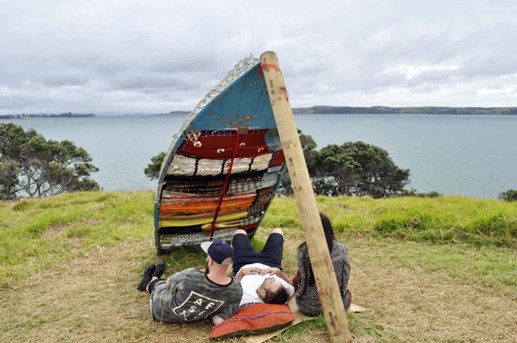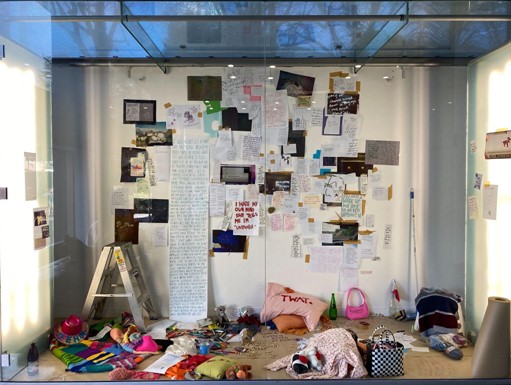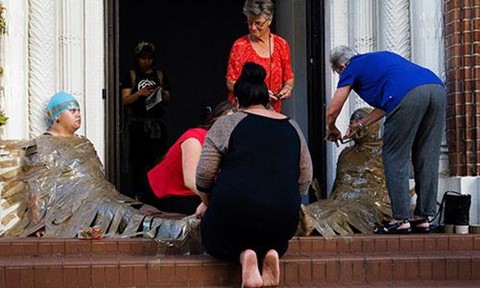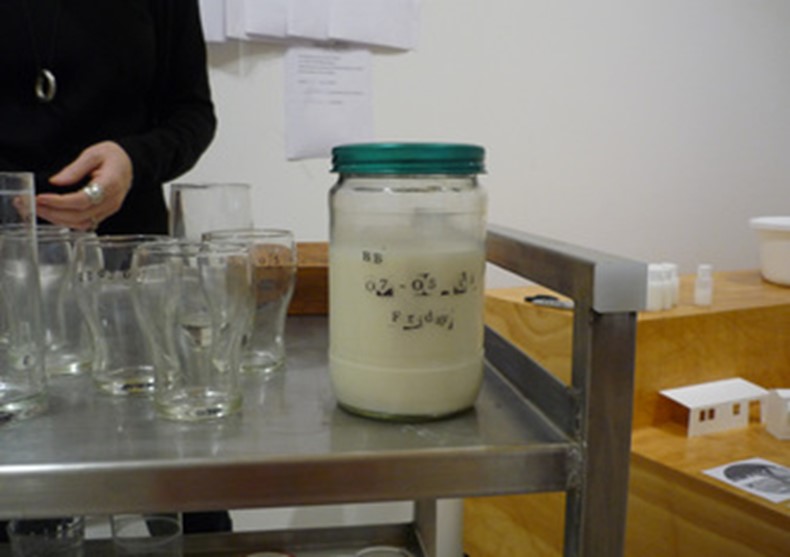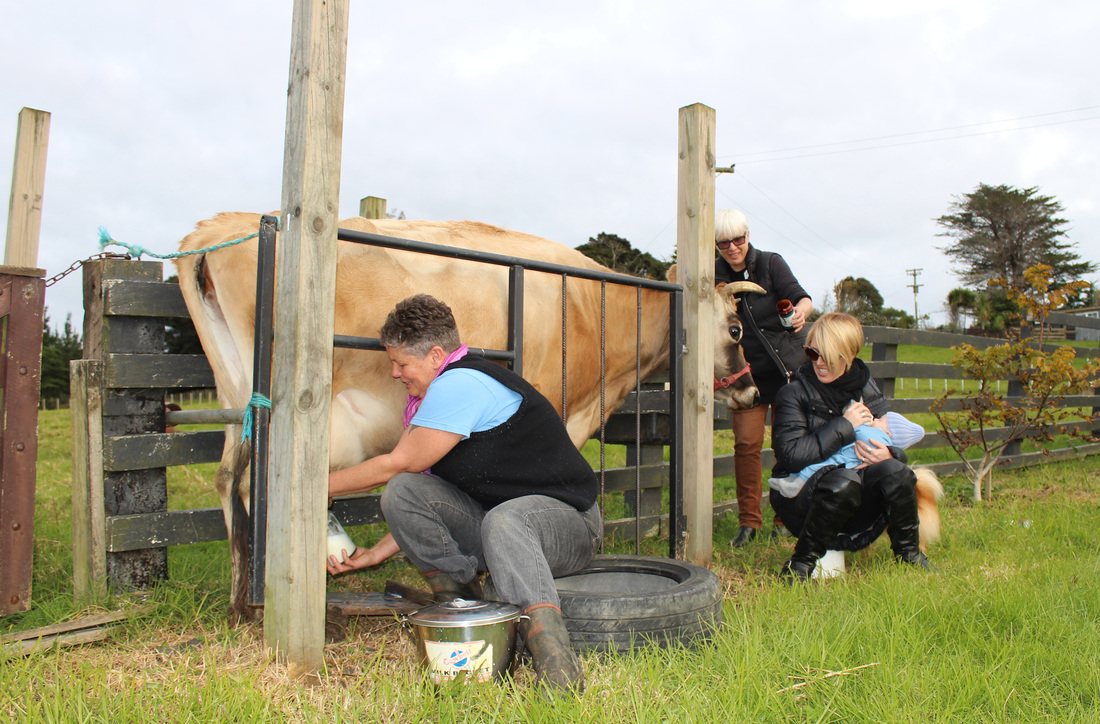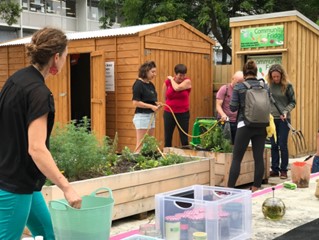This essay was selected as one of two runner-ups in the 2022 Michèle Whitecliffe Art Writing Prize.
Each year entrants into the Michèle Whitecliffe Art Writing Prize respond to a theme and in 2022 the theme was ‘Freedom’. New constraints experienced during the height of the global Covid-19 pandemic curtailed our ability to travel, socialise, connect with whānau and in some cases make a living. This coincided with increased political and economic uncertainty globally, resulting in an intensification of the already fraught debates about freedom of speech, control of information and the meaning and practical working of democracy. Writers were asked to consider where freedom is to be found and comment its representation in art.
This year’s judge was award-winning writer and critic Chris Kraus. Now based in Los Angeles after many years in New York City, Kraus spent some of her early life in Aotearoa New Zealand, attending Victoria University of Wellington and working as a journalist at the Evening Post. She is perhaps best known for her 1997 genre-breaking novel I Love Dick, described by the Guardian as a ‘cult feminist classic’, which in 2016 was adapted for television.
Commenting on Mikayla Journée's entrey, 'Opt, Co-opt and Co-ops: Politicised Participation in Recent Art from Aotearoa', Krauss made the following comments:
‘Opt, Co-opt and Co-ops: Politicised Participation in Recent Art from Aotearoa’, by, Mikayla Journée, is a compelling, comprehensive chronicle of Aotearoa New Zealand art that involves politicised audience participation. The ‘freedom’ of perpetual mobility, Journée observes, is a postmodern norm that was shattered by the pandemic. As she points out, ‘lamenting their loss of liberty, a large swathe of people neglected to see and understand that mobility (having both options and agency to opt) is a privilege not afforded to all.’ Journée describes Tiffany Singh and the Auckland Resettled Community Coalition’s 2017 installation, A Journey of a Million Miles, as an artwork that, in a single gesture, conveys individual stories and performs a kind of healing. Journée is an excellent historian of participatory art, describing works that, variously, force uncomfortable confrontations between spectators and performers; invite their audiences to share adventures in the fog; and provide urban farms to residents in underserved areas of the city.
--------------------------------------------------
